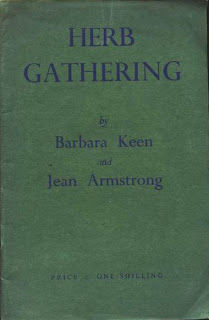 It's that time of year again when the seed catalogs come daily. Time for decisions on what to plant where, always keeping in mind the idea of crop rotation, as well as what vegetable we need and can preserve.
It's that time of year again when the seed catalogs come daily. Time for decisions on what to plant where, always keeping in mind the idea of crop rotation, as well as what vegetable we need and can preserve.These are some of my favorite vintage catalogs. The artwork is vivid and detailed, and the prices can't be beat.
Ratekin's was a mail-order seed company started in 1884 in Shenandoah Iowa. They were the first to sell the famous Iowa seed corn. They were “the largest seed house in the West and the largest producer of seed corn in the world.” Each seed offered was accompanied by testimonials from satisfied customers. Alas, sometime before 1920, Ratekin's was out of business.

Peter Henderson was a Scotsman who came to America in 1843. He started a truck garden in New Jersey, then expanded into floral gardening, and finally by 1890 had five acres of gardens under glass. Henderson’s contemporaries called him “the father of horticulture and ornamental gardening” in the United States. In 1871 he established a seed company called Peter Henderson & Company and was the very first to use color in a mail-order catalog.

 Farmer Seed Company is actually still in business in Faribault Minnesota -sortof - they are now a division of something called Plantron. Their current catalogs are much less appealing than this 1906 edition.
Farmer Seed Company is actually still in business in Faribault Minnesota -sortof - they are now a division of something called Plantron. Their current catalogs are much less appealing than this 1906 edition. Ross Brothers appear to be out of business now, possibly because all that gentile lady found out it wasn't quite that easy to mow the lawn in full dress. Any woman living in a house like that would definitely not be out mowing her lawn. Or maybe that giant corn toppled over on some unsuspecting gardeners.
Ross Brothers appear to be out of business now, possibly because all that gentile lady found out it wasn't quite that easy to mow the lawn in full dress. Any woman living in a house like that would definitely not be out mowing her lawn. Or maybe that giant corn toppled over on some unsuspecting gardeners. But my absolute favorite is this Burpees catalog:
 Never, ever, in all my years of gardening, have naked cherubs ever helped me carry in vegetables.
Never, ever, in all my years of gardening, have naked cherubs ever helped me carry in vegetables.














